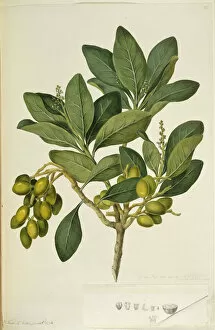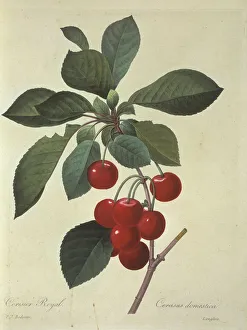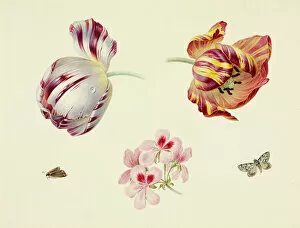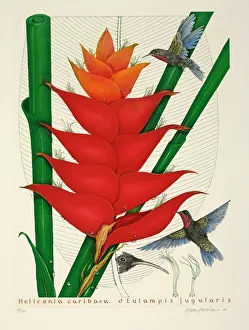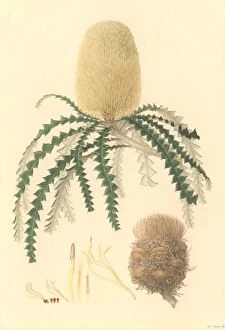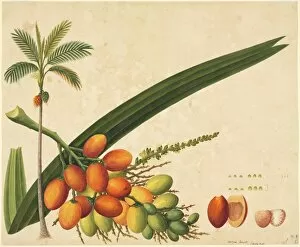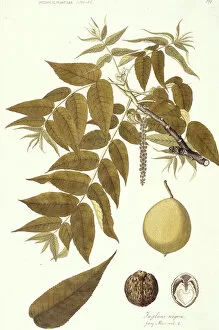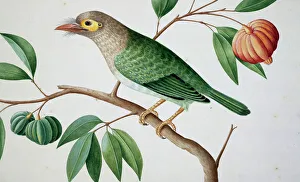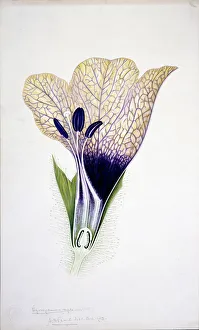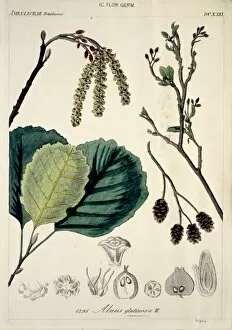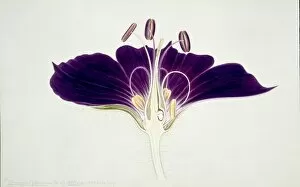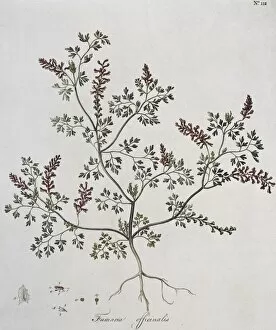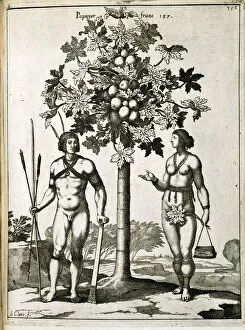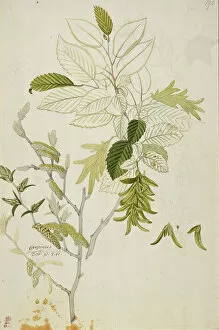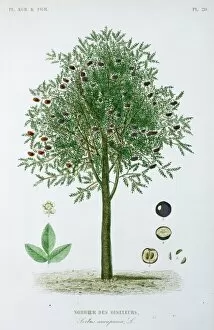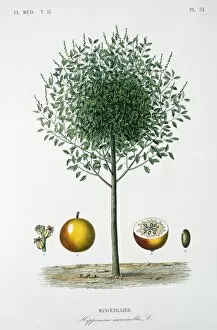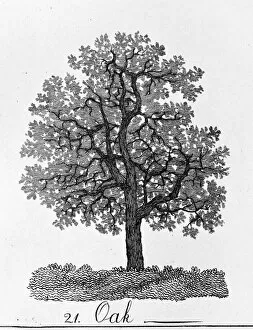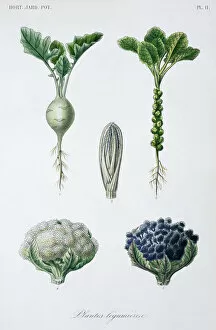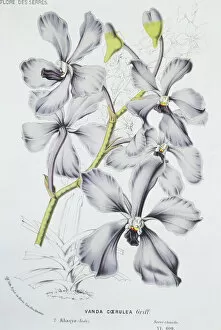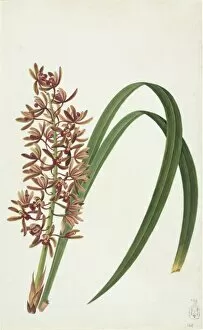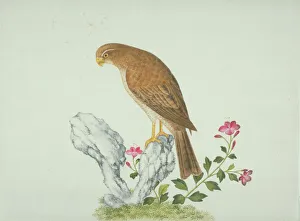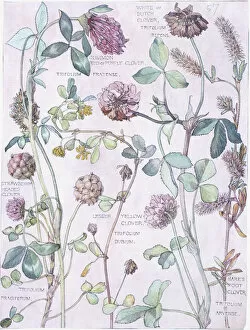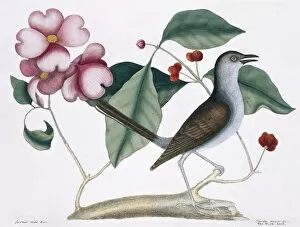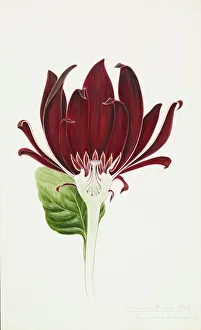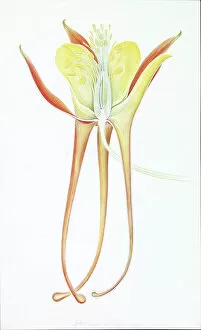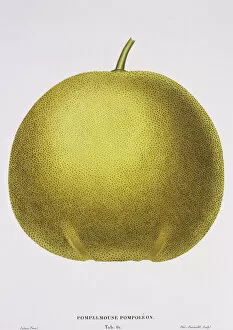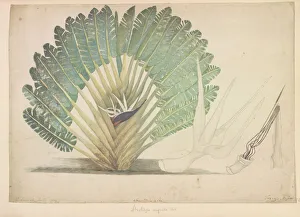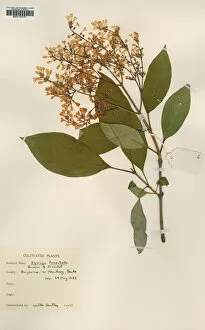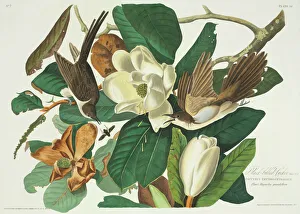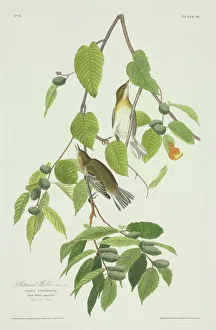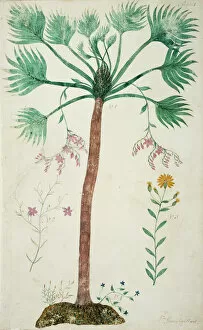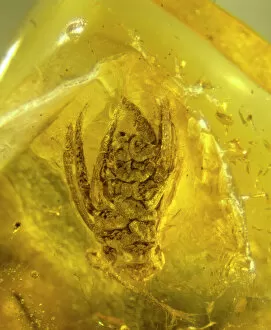Magnoliophyta Collection (page 4)
Magnoliophyta, also known as angiosperms, is a diverse group of plants that includes some of the most beautiful and fascinating species on Earth
All Professionally Made to Order for Quick Shipping
Magnoliophyta, also known as angiosperms, is a diverse group of plants that includes some of the most beautiful and fascinating species on Earth. From the delicate Franklinia alatamaha, commonly known as franklinia, to the vibrant Hydrangea hortensis or French hydrangea, these plants captivate us with their stunning blooms. The majestic Weeping Willow stands tall and graceful by riversides, its long branches cascading down like flowing water. Narcissus tazetta, or tazetta daffodil, brings cheer to gardens with its clusters of fragrant yellow flowers. Gossypium barbadense, better known as the cotton plant, has played a significant role in human history for centuries. Its soft fibers have been used to create fabrics that clothe us every day. Durio zibethinus produces one of nature's most divisive fruits - the durian. Loved by some for its unique taste and aroma while others find it repulsive. Nevertheless, this spiky fruit holds cultural significance in many Southeast Asian countries. Livistona humilis thrives in sandy environments and adds an exotic touch to landscapes with its fan-shaped leaves. Myristica sp. , commonly referred to as nutmeg tree or spice tree produces aromatic seeds that are widely used in culinary delights around the world. Elaeis guineensis Jacq. , also known as African oil palm is not only a source of edible oil but also plays a crucial role in various industries such as cosmetics and biofuel production. The book "Methodus plantarum sexalis in sistemate naturae descripta" laid out Carl Linnaeus' classification system for plants including Magnoliophyta which revolutionized botanical studies forever. Orangier des Gcnes or Arancio di Genova refers to citrus trees cultivated specifically for their sweet oranges originating from Genoa, Italy. Strelitzea sp.

